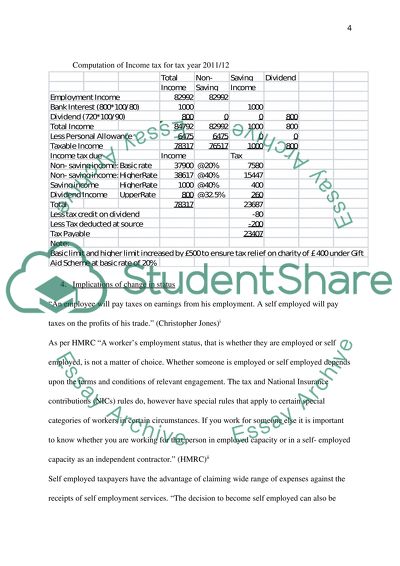Cite this document
(“Taxation Assignment Example | Topics and Well Written Essays - 1500 words”, n.d.)
Retrieved from https://studentshare.org/finance-accounting/1393815-taxation
Retrieved from https://studentshare.org/finance-accounting/1393815-taxation
(Taxation Assignment Example | Topics and Well Written Essays - 1500 Words)
https://studentshare.org/finance-accounting/1393815-taxation.
https://studentshare.org/finance-accounting/1393815-taxation.
“Taxation Assignment Example | Topics and Well Written Essays - 1500 Words”, n.d. https://studentshare.org/finance-accounting/1393815-taxation.


